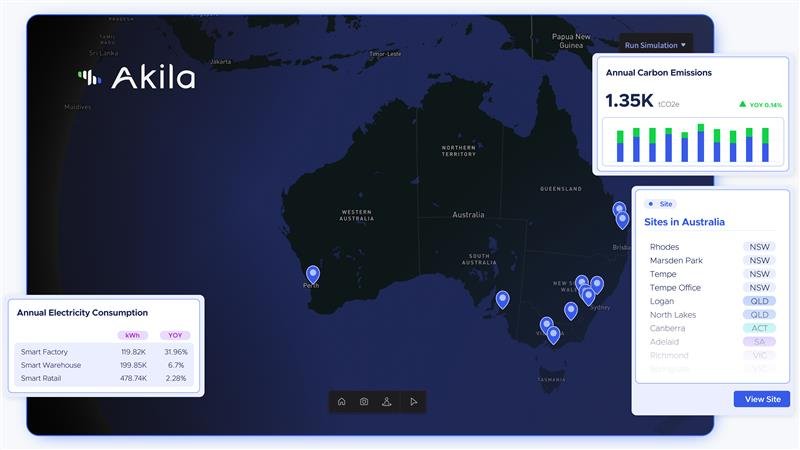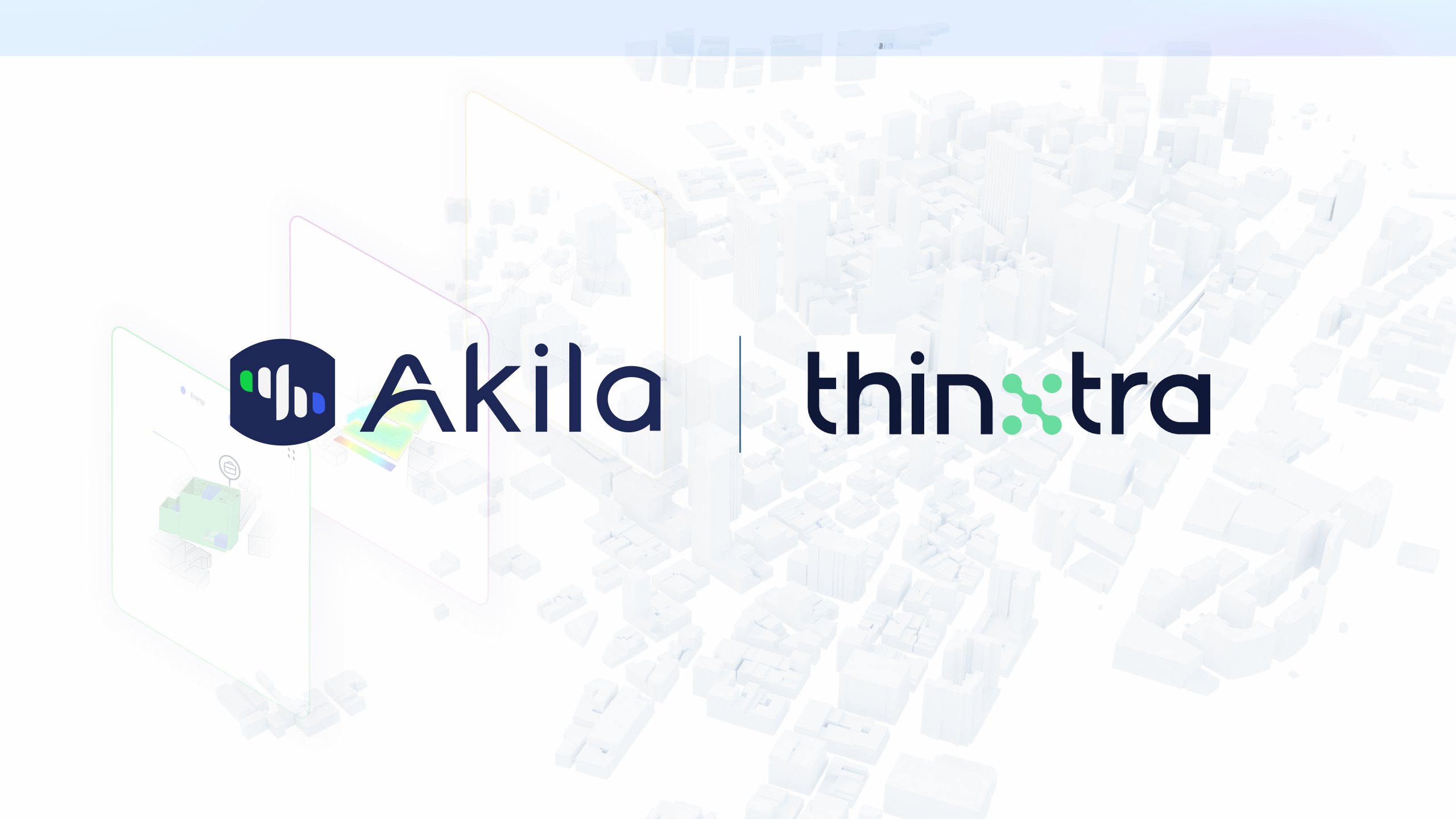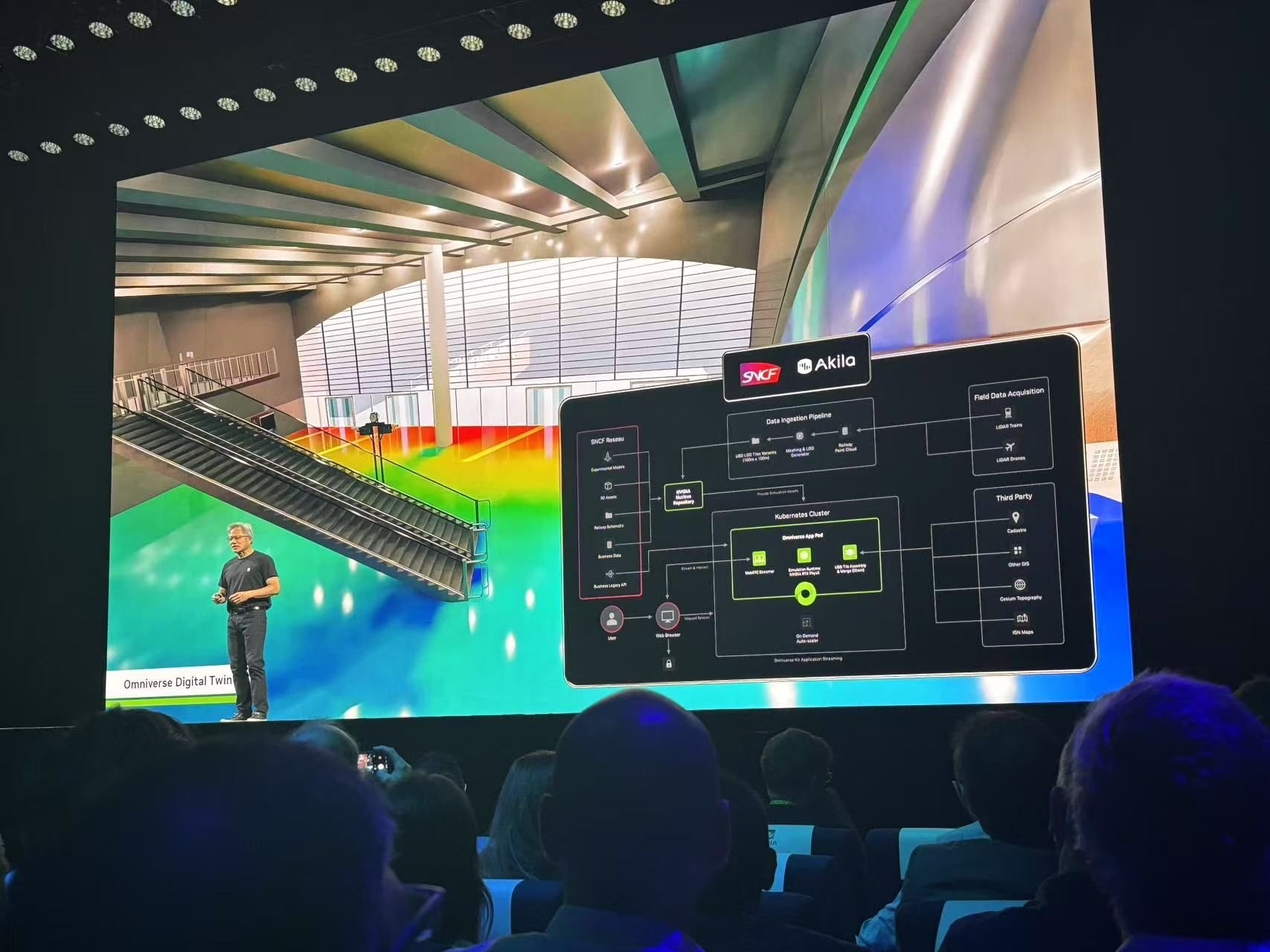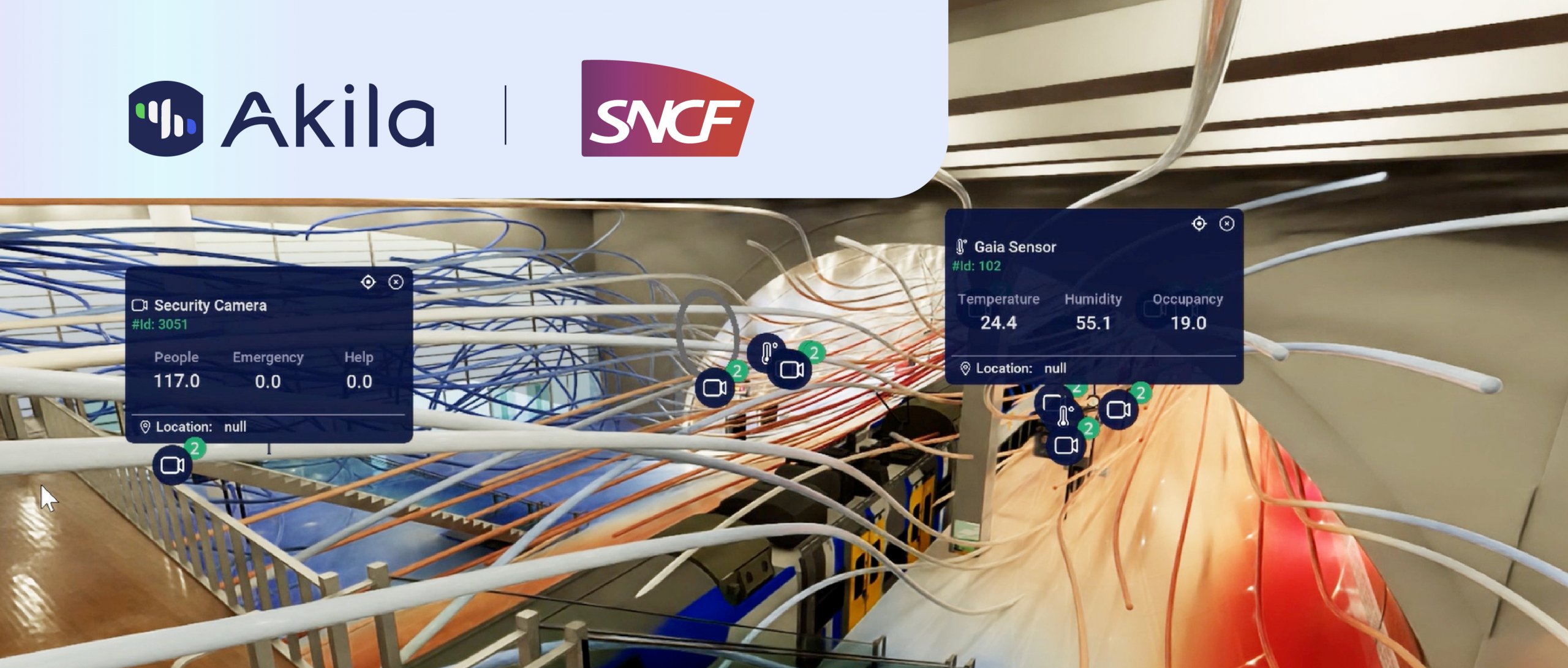
Digital twins are rapidly transforming the built environment. They allow developers, architects, and engineers to optimize and improve the asset’s design, construction, and operation, leading to significant cost savings, improved efficiency, and increased safety. Real-time data from the physical asset allows for more dynamic monitoring and analysis, which leads to better decision making. However, digital twins are also capable of simulation, unlocking even more powerful insight into how to improve site operations and identify opportunities for upgrades to equipment.
This goes for any built environment, be that commercial, industrial, infrastructure, healthcare, or residential.
Benefits of digital twins
Digital twins can improve the built environment across the whole lifecycle: design, construction, and operation.
- Design: Digital twins can be used to simulate different design scenarios and test their performance in real-time. This allows architects and engineers to optimize designs and make informed decisions on materials, layout, and construction methods.
- Construction: Digital twins can be used to optimize the construction process by identifying potential bottlenecks and adjusting before construction begins.
- Operation: Digital twins can be used to monitor and optimize a physical asset and the processes around it such as energy, maintenance, and facility management. This can result in huge efficiency boosts which save costs, reduce energy consumption, and cut carbon emissions.
While the application of digital twin technology for new sites can be incredibly powerful, especially following Akila’s method of BIM, BAM, BOOM, operations are what account for the lion’s share of costs and inefficiencies.
Examples of digital twins in action
Digital twins are already being used at a variety of built environments around the world. Each site has its unique problems, but many times they have the same goals. That’s what makes digital twin technology so powerful. By breaking down data silos and linking all assets together, every piece of the puzzle is visible.
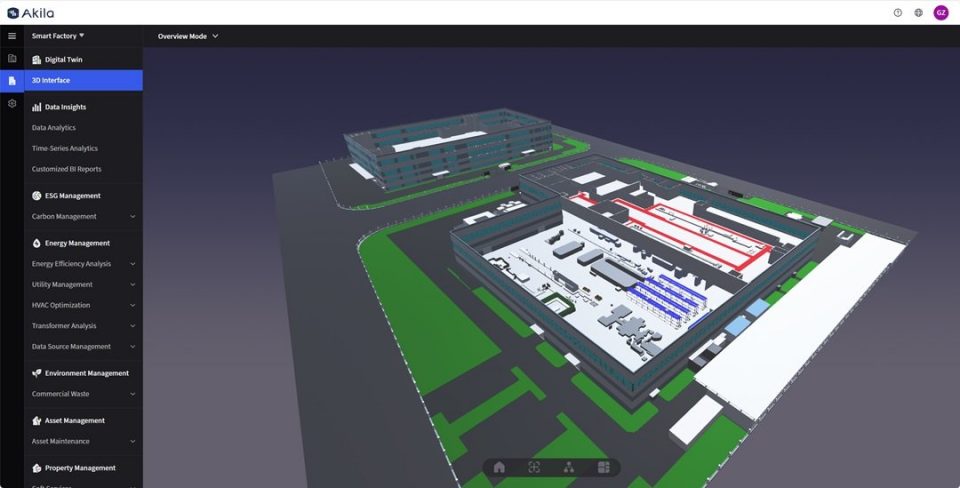
Industrial property
- Pain point: A major factory is having difficulties identifying and addressing inefficiencies in their HVAC system.
- Solution: By creating a digital twin of the building and its HVAC system, engineers and facility managers can simulate different scenarios to optimize energy consumption and identify potential inefficiencies. For example, the digital twin can be used to test different HVAC settings and identify the most efficient combination of temperature, ventilation, and airflow to maintain a comfortable working environment while minimizing energy consumption. This can result in significant cost savings and improved energy efficiency.
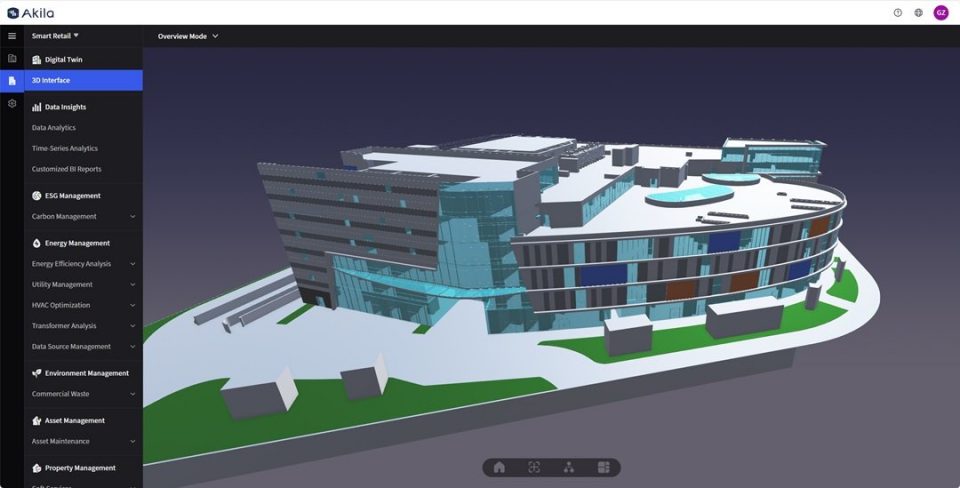
Commercial property
- Pain point: In a multi-use (retail & office) urban commercial complex, energy consumption is one of the major expenses and reducing it is essential to improve the bottom line.
- Solution: A digital twin of a commercial building can simulate and test different lighting and temperature settings, identify energy savings opportunities, and optimize cleaning and maintenance schedules. The digital twin can be used to provide tenants with customized data and insights on their energy usage and environmental impact, which can help them make informed decisions on energy-saving measures. This helps reduce energy consumption, lower costs, and improve tenant satisfaction
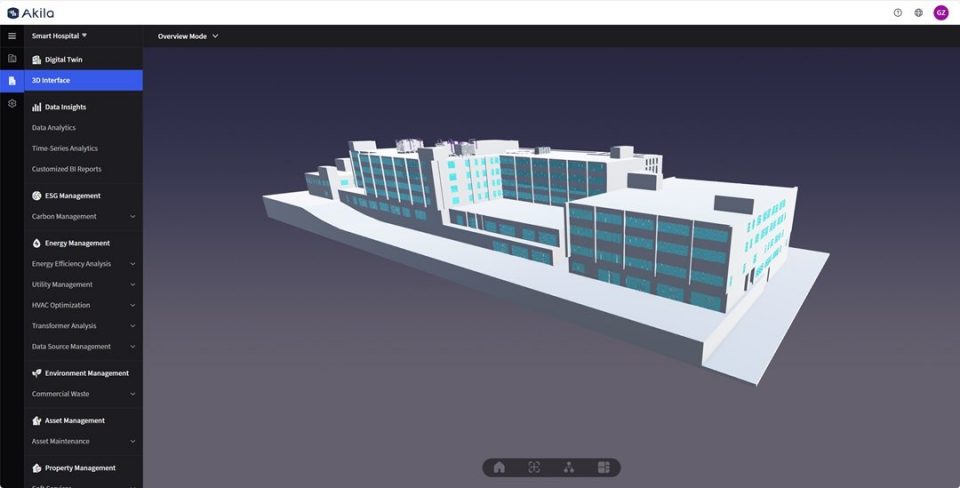
Healthcare property
- Pain point: Hospitals have complex and critical operations that require careful planning and management to ensure patient safety and efficient resource utilization.
- Solution: Digital twins can help hospitals optimize patient flows, staffing, and resources, and identify potential safety hazards. For example, hospitals can use digital twins to simulate emergency scenarios and test different response protocols to ensure that they are prepared for any situation. Digital twins can also be used to monitor the performance of medical equipment, identify maintenance needs, and optimize schedules to minimize downtime. Additionally, digital twins can help hospitals optimize staffing by simulating patient flows and identifying potential bottlenecks, allowing hospitals to allocate resources more effectively and ensure that patients receive timely and high-quality care.

Infrastructure
- Pain point: Airports face challenges in optimizing operations, enhancing passenger experience, and ensuring safety.
- Solution: Digital twins can help airports address these challenges by creating a virtual replica of the airport and simulating different scenarios in real-time. For example, digital twins can be used to simulate and test different layouts for check-in and security screening areas, to identify potential bottlenecks and improve the flow of passengers. The digital twin could also be used to test emergency response scenarios and identify potential safety hazards. By using a digital twin, airports can optimize operations, improve safety, and enhance the passenger experience.
Potential challenges
While digital twins have many benefits for the built environment, there are also challenges that must be addressed. Some of these challenges include concerns about data security and privacy, the complexity and cost of implementing digital twin technology, and the integration of digital twins with legacy systems.
Data security and privacy concerns are particularly important given the sensitive nature of building data. There must be measures in place to ensure that this data is not misused or accessed by unauthorized parties. This is why Akila partners with Microsoft. Azure cloud servers are among the most cyber-secure in the world.
The complexity and cost of implementing digital twin technology can also be a challenge, as it requires a significant investment of time and resources. Additionally, the integration of digital twins with legacy systems can be a challenge, as it requires compatibility with existing systems and data. For these hurdles, there are also options. For example, there are many private or government backed financing options to assist with any kind of hardware installation that might incur a large upfront cost. For sites with legacy systems, integration with the Akila digital twin is possible through the use of API protocols or on-site data server installation.
The future of digital twins
Despite the challenges and limitations, the future of digital twins looks bright. There is a lot of potential for growth in this field, as more and more industries recognize the benefits of digital twin technology. Advancements in technology, such as the increasing use of artificial intelligence and machine learning, will likely make digital twins even more powerful and effective. As digital twins become more widespread, we can also expect to see them being used in new industries, such as education and entertainment.
Digital twins have enormous potential to transform the built environment. By providing a digital replica of a building or system, digital twins can help improve planning, design, construction, operations, maintenance, safety, and security. While there are certainly challenges and limitations to implementing digital twins, these can be overcome with careful planning and investment. The future of digital twins looks bright, with continued growth and advancements in technology. It’s clear that embracing digital twin technology is crucial for industries looking to remain competitive and innovative in the 21st century.
